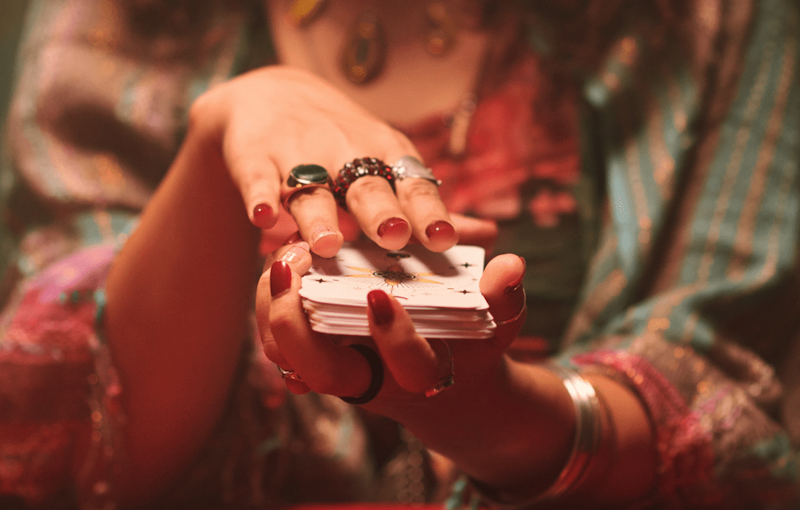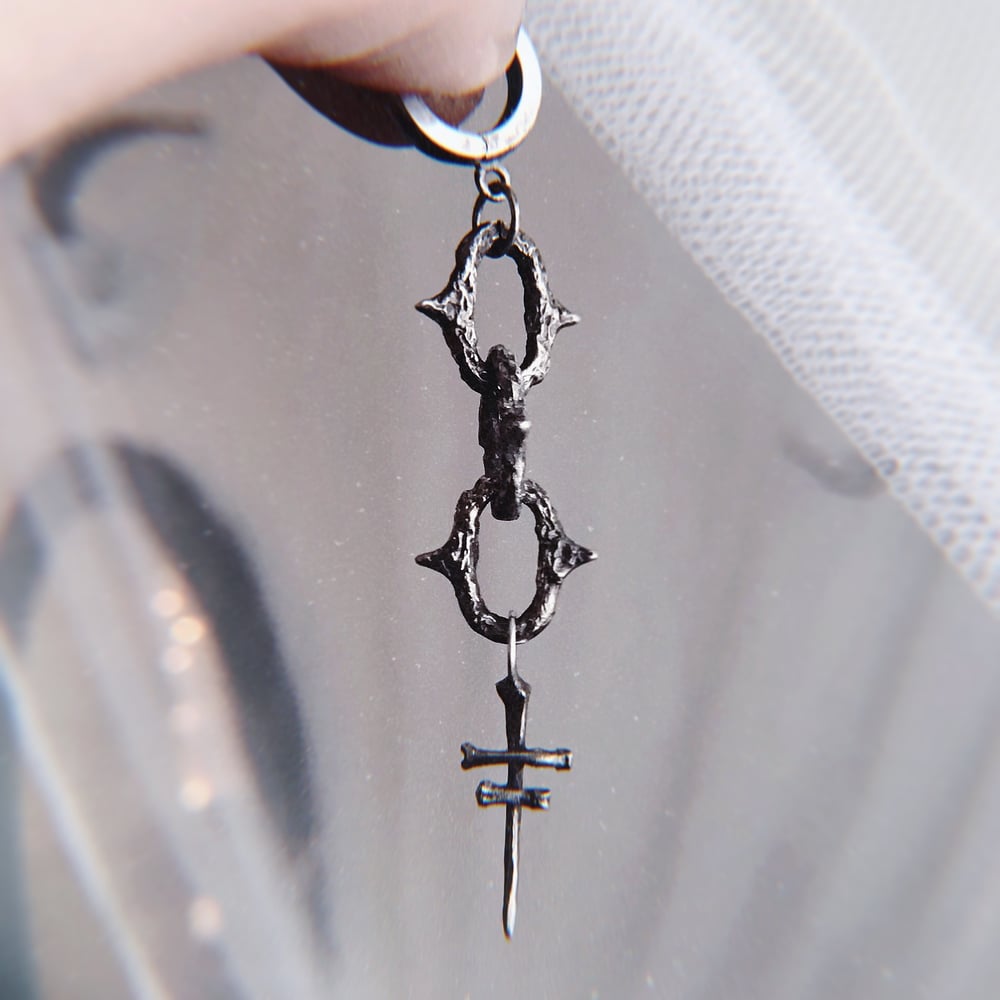Part 1: The Great Diamond Hoax of 1872
Jewelry has always been a symbol of wealth, status, and artistry. However, throughout history, it has also been the subject of some of the most creative and audacious hoaxes. From counterfeit gems to forged artifacts, jewelry hoaxes have fascinated and fooled people across cultures and centuries. In this article, we will explore six famous tales of jewelry hoaxes tied to April Fool’s Day traditions or similar pranks. Each part contains two levels of content: one providing an overview and the other offering detailed insights into these captivating stories.
Level 1: Overview of the Scandal
In the late 19th century, two prospectors named Philip Arnold and John Slack pulled off one of the most infamous diamond hoaxes in American history. They convinced wealthy investors that they had discovered a massive diamond field in Wyoming. This elaborate scheme not only duped seasoned gemologists but also made headlines nationwide. Though not directly linked to April Fool’s Day, its timing during a period of economic speculation adds a touch of irony.
The hoax was eventually exposed, leaving behind lessons about greed, gullibility, and the allure of quick riches. It remains a classic example of how even experts can fall victim to well-crafted deceptions.
Level 2: How the Hoax Was Executed
Arnold and Slack meticulously planned their scam by purchasing low-quality diamonds from European markets and scattering them across remote areas in Wyoming. To enhance credibility, they hired geologists who unknowingly authenticated the findings. Their presentation included convincing geological reports and samples that appeared genuine at first glance.
When prominent figures like Asbury Harpending and George Hearst (father of William Randolph Hearst) invested heavily in the venture, the story gained national attention. Eventually, suspicions arose when inconsistencies were found in the distribution of minerals around the “mine.” A thorough investigation revealed the truth, leading to public embarrassment for those involved.
This tale serves as a reminder of the dangers of unchecked ambition and misplaced trust—even in something as seemingly tangible as jewelry.
Part 2: The Blue Diamond Ruse
Level 1: A Tale of Misdirection
During the early 20th century, a London jeweler became the unwitting participant in a clever April Fool’s prank involving a supposed rare blue diamond. The gemstone, purportedly worth thousands of pounds, was showcased in a lavish exhibition attended by elite collectors and media representatives. When the stone vanished overnight, panic ensued, sparking wild theories about theft or sabotage.
It turned out the “blue diamond” was nothing more than colored glass expertly crafted to resemble the real thing. The pranksters, employees of the same shop, confessed weeks later, claiming it was all done in good humor. While no harm came from the joke, it highlighted the vulnerabilities of even experienced professionals when faced with extraordinary claims.
Level 2: The Art of Deception
To execute the ruse, the pranksters relied on meticulous preparation and psychological manipulation. First, they acquired high-quality blue-tinted glass and polished it until it gleamed like a true diamond. Then, they staged the event with dramatic flair, ensuring maximum publicity. Finally, they planted subtle clues suggesting foul play, keeping everyone guessing long after the reveal.
The success of the prank lay in its ability to exploit human curiosity and desire for exclusivity. By creating an air of mystery around the gem, the pranksters ensured widespread interest and engagement. Though harmless, the incident underscored the importance of skepticism in evaluating valuable items.
Part 3: The Crown Jewel Mystery
Level 1: A Royal Prank Gone Viral
One of the most legendary April Fool’s hoaxes occurred in the mid-20th century when a group of students claimed to have stolen the British Crown Jewels. Using photographs of replicas borrowed from a museum exhibit, they fabricated a narrative about breaking into the Tower of London under cover of darkness.
Their announcement sent shockwaves through the press and government circles before being debunked days later. The perpetrators admitted it was all a joke meant to celebrate the spirit of mischief associated with April Fool’s Day. Despite the initial outrage, many admired their ingenuity and boldness.
Level 2: Planning and Execution
The students carefully orchestrated every detail of the hoax, starting with acquiring accurate images of the jewels. They then edited these photos digitally (a groundbreaking technique at the time) to simulate damage or removal. Next, they distributed fake news releases to major newspapers, complete with fictitious quotes from “insiders” confirming the heist.
What set this prank apart was its use of emerging technology combined with traditional storytelling methods. By blending realism with fantasy, the students created a believable yet impossible scenario that captivated audiences worldwide. Ultimately, the episode reinforced the power of imagination and creativity in pulling off successful hoaxes.
Part 4: The Pearl Necklace Gambit
Level 1: A Victorian-Era Swindle
In the 1800s, a cunning con artist managed to sell a string of imitation pearls to several aristocrats in Paris. Claiming the necklace belonged to royalty, he charged exorbitant prices while secretly substituting genuine pearls with glass beads coated in varnish.
For months, none of his clients suspected anything amiss until one accidentally damaged the piece, revealing its fraudulent nature. The scandal embarrassed both buyers and sellers, becoming a cautionary tale about appearances versus reality.
Level 2: Techniques Used in the Fraud
The swindler employed advanced techniques for his era, including sourcing top-notch materials for the counterfeit pearls. He used ground fish scales mixed with resin to achieve a lustrous finish indistinguishable from natural nacre under normal lighting conditions. Furthermore, he tailored his pitch to appeal to each buyer’s vanity, emphasizing the necklace’s supposed provenance and rarity.
His downfall came when technological advancements allowed jewelers to test gemstones more accurately. This case demonstrated the need for vigilance in authenticating luxury goods, especially when emotions cloud judgment.
Part 5: The Golden Ring Conspiracy
Level 1: A Modern-Day Hoax
Fast forward to the digital age, where social media platforms became fertile ground for jewelry-related hoaxes. In 2015, an online retailer announced the discovery of a “time-traveling golden ring” supposedly left behind by a visitor from the future. Complete with cryptic engravings and glowing properties, the item quickly went viral, drawing millions of views and comments.
Of course, the entire story was fabricated as part of an April Fool’s campaign designed to promote new product lines. Nevertheless, the sheer plausibility of the tale kept fans debating its authenticity long after the truth emerged.
Level 2: Marketing Genius Behind the Prank
The marketing team behind the golden ring hoax leveraged cutting-edge visual effects and persuasive copywriting to craft a compelling narrative. They collaborated with graphic designers and video editors to produce lifelike renderings of the artifact, complete with historical context and scientific explanations.
Key to their strategy was engaging users directly through interactive polls and Q&A sessions hosted on social media. This participatory approach heightened excitement and fostered community involvement. Ultimately, the campaign succeeded not just in generating buzz but also in showcasing the brand’s innovative spirit.
Part 6: Lessons Learned from Jewelry Hoaxes
Level 1: Reflections on Trust and Skepticism
These famous jewelry hoaxes illustrate the delicate balance between trust and skepticism in our interactions with valuable objects. Whether ancient or modern, each story reveals how easily perceptions can be manipulated when fueled by emotion, desire, or lack of knowledge.
At the same time, these incidents remind us of the joy and wonder inherent in being fooled—if only temporarily—by clever tricks. On April Fool’s Day especially, such moments serve as reminders of the lighter side of life.
Level 2: Implications for Today’s World
In today’s hyper-connected world, jewelry hoaxes continue to evolve alongside advances in technology and communication. Forgeries now involve sophisticated AI-generated imagery, 3D printing, and blockchain verification systems. Meanwhile, consumer expectations demand greater transparency and accountability from brands selling high-value items.
As we move forward, staying informed and vigilant becomes increasingly important. Yet, there is still room for playful deception—as long as it adheres to ethical boundaries and respects cultural norms. After all, isn’t part of the fun knowing you might get caught?
Conclusion: Celebrating the Spirit of Mischief
From ancient scams to contemporary stunts, jewelry hoaxes have entertained and educated generations about the complexities of human nature. These tales remind us that sometimes, the greatest treasures lie not in material possessions but in shared laughter and camaraderie. So next April Fool’s Day, whether crafting your own prank or falling prey to someone else’s, embrace the magic of uncertainty—and perhaps consider investing in a second opinion before buying that dazzling gem!



